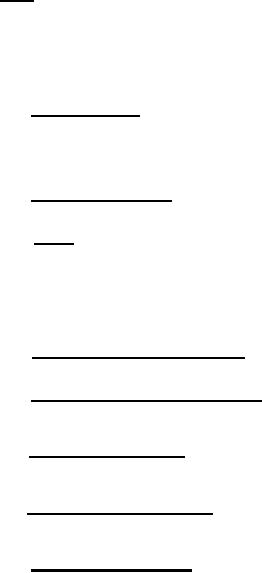 |
|||
|
|
|||
| ||||||||||
|
|  MIL-M-17413A(NAVY)
(w) Stock number for motors.
(x) Government specification, size and quantity applicable to motor terminal lugs.
(y) Detail of identification plate.
(z) Title block in size, form and arrangement in accordance with Specifica-
tion MIL-D-963.
(aa) Classification block directly above title block including manufacturer's type
and class, frame size, duty, enclosure, speed class, full load r. p. m.,
horsepower, volts, identification plate ampere, lnsulation class, type of
mounting, type of winding, service classification and permissible ambient
temperature.
(bb) Phantom view of grease cups. Flagged and listed in list of material with
following comment in Remarks column "Repair part only".
Note. - Figure 2 is indicative of the general arrangement and information desired by
the bureau or agency concerned for a master drawing for a two-speed
integral horsepower direct-current motor. The bureau or agency con-
cerned recognizes that the information required on other designs of
motors; such as single speed, will not be the same as shown hereon. In
such cases it will be permissible to add or subtract the necessary columns,
and information, so as to fit the particular motor.
3.6.1.15 Standardization. - Unless otherwise specified in the contract or order, motors shall be in
conform ante with the standardization requirements shown on figure 1 for general purpose motors and
Specification MIL-P-17840 for close-coupled pump motors. Where nonstandard motors are procured,
the requirements of figure 1 and Specification MIL-P-17840 may be used as a guide in determining the
frame and bearing sizes to be used.
3.6.1.16 Direction of rotation. -
Nonreversible motors shall be marked in a permanent manner to
indicate the direction of rotation.
3.6.1.17 Seals. - Except where double sealed ball bearings in accordance with 3.6.1.9 (b) are used,
the housing shall provide for a close-clearance metallic (nonrubbing) seal on both sides of the bearings
to prevent the leakage of oil or grease along the shaft. This is in addition to bearing shields, the deflecting
flanges or slingers required on the shaft. Friction type seals may be used to supplement the close-
clearance metallic seal on motors for certain applications; for example, watertight and submersible
motors. Such sealing arrangements shall however, be satisfactory to the bureau or agency concerned
(see 3.2.19.1.2).
3.6.1.18 Securing armature core to shaft. - Keys or keys in conjunction with press or shrink fits
shall be provided to prevent rotation of the core around the shaft, (see 3.2.20. 1).
3.6.1.19 Securing commutator core to shaft. - The commutator core shall be secured rigidly to the
shaft or spider by keying to prevent rotational movement of the core around the shaft. Means shall be
provided to prevent axial movement of the core along the shaft, (see 3.2.21. 1).
3.6.1.20 Commutator tightening. - In motors having frame sizes corresponding to 5 horsepower at
1800 r. p. m. and above, suitable provision shall be made for tightening the commutator retaining flanges
without the necessity of removing the commutator from the shaft or spider.
3.6.1.21 Securinng brush holder yoke. - The yoke shall be secured to the end bracket in such a
manner as to prevent loosening of the yoke under shock or vibration. In general, securing the yoke to the
end bracket by means of a set screw is not considered satisfactory, (see 3.2.22. 4).
3.6.1.22 Securing terminal leads. - A lead clamp shall be provided on all motors. The method of
fastening shall be such that no strain from the outside can come upon the connections within the motor
frame. The use of friction rubber bushings, unclam peal, is not a suitable method of securing such leads.
Sealing compounds for anchoring leads shall not be used, (see 3.2.24.3).
25
|
|
Privacy Statement - Press Release - Copyright Information. - Contact Us |